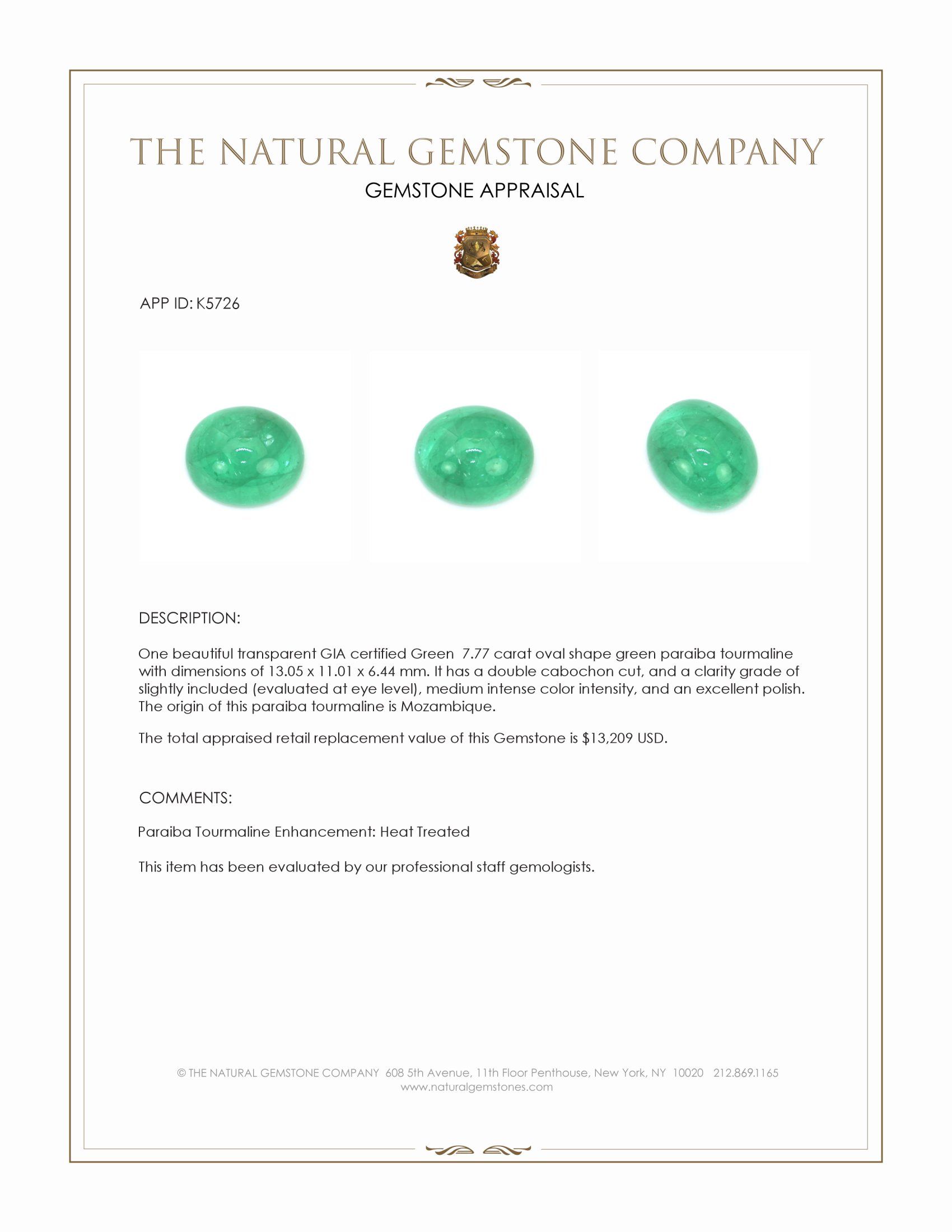- Stone11
- Reports4
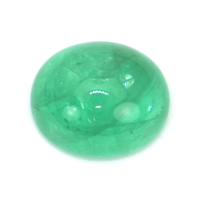

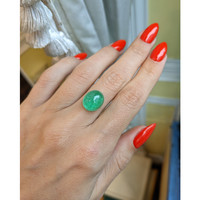

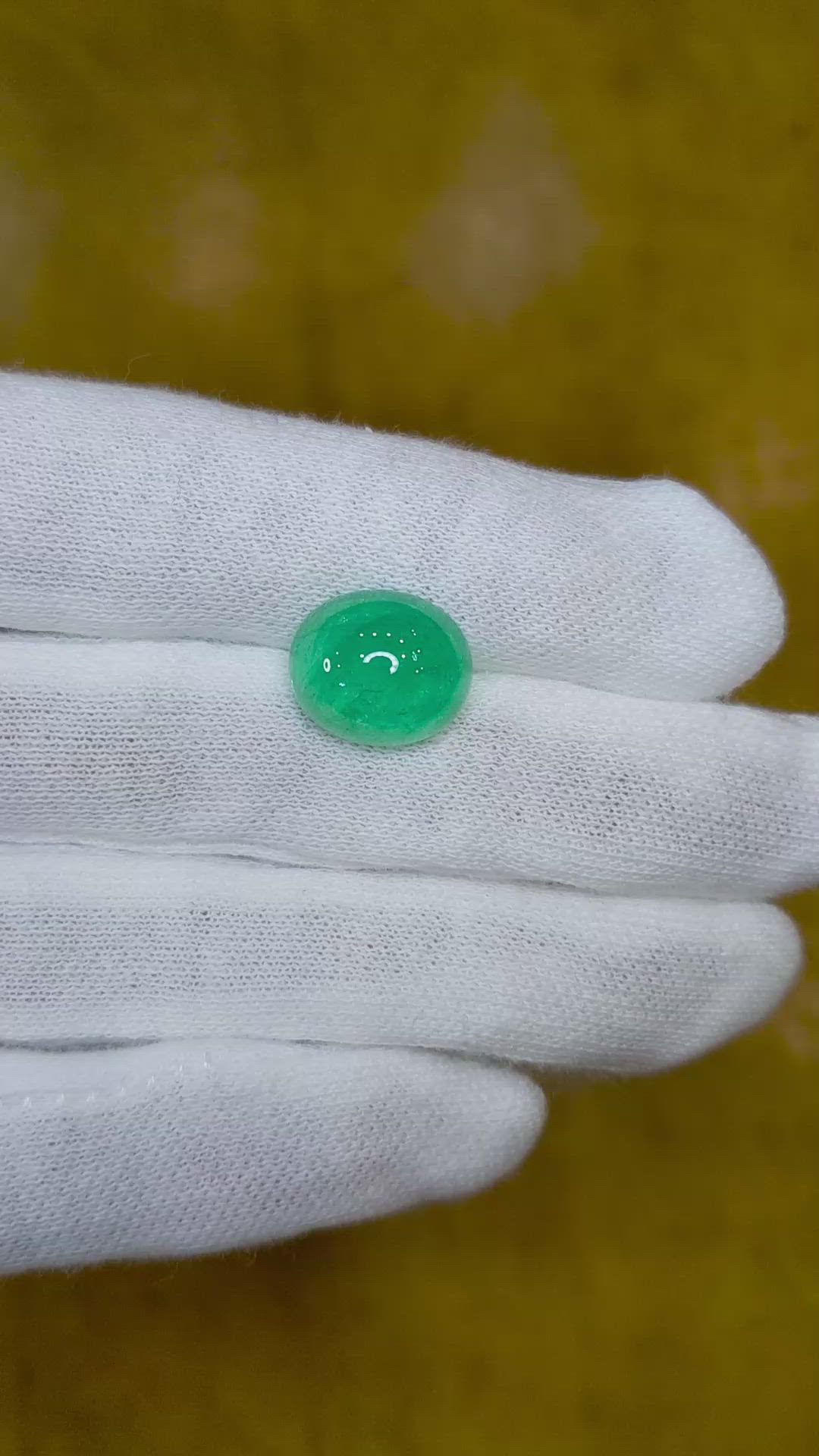


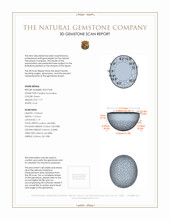

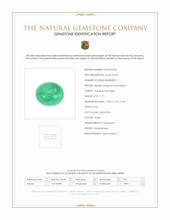
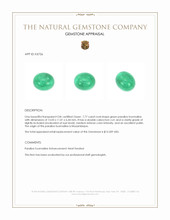
7.77 Ct. Cabochon Paraiba Tourmaline from Mozambique
This loose stone is available to ship now
Item ID: | K5726 |
|---|---|
Dimensions (MM): help | Length: 13.05 Width: 11.01 Height: 6.44 |
Weight: | 7.77 Ct. |
Color: help | Green |
Color intensity: help | Medium Intense |
Clarity: help | Slightly Included |
Shape: help | Oval |
Cut: | Double Cabochon |
Cutting style: | Cabochon |
Enhancements: help | Heat Treated |
Origin: help | Mozambique |
Per carat price: help | $1,700 |
This item is a transparent GIA certified green paraiba tourmaline, 7.77 carats, oval shape, with dimensions 13.05 x 11.01 x 6.44 mm. It is fashioned as a double cabochon, with gentle domes that emphasize color and depth, and it shows a medium intense green hue. The clarity is graded as slightly included when evaluated at eye level, and the surface has an excellent polish. The stone has been heat treated as an enhancement, and the documented origin is Mozambique. This description is supplied by The Natural Gemstone Company, and it reflects the gemological particulars recorded on the accompanying certification.
Optically the gem presents a classic tourmaline vitreous luster on the polished surfaces, with additional internal light diffusion created by the cabochon form and the presence of minor inclusions. Because it is double cabochon cut rather than faceted, the primary visual effect is a uniform, saturated color and an internal glow, rather than a play of scintillating facet reflections. The excellent polish produces crisp, mirror like highlights on the domes, while the slightly included clarity introduces subtle internal character, causing light to scatter within the body of the stone and contributing to a gentle, silky sheen. The result is a more subdued surface sparkle but a pronounced internal luminosity, which makes the color appear lively from different viewing angles.
When compared to other gemstones in its category, this green paraiba tourmaline demonstrates distinctive reflective behavior. Against faceted paraiba and other tourmalines, faceted examples show lively facet reflections and more immediate brilliance, because the many angled planes return light directly to the viewer. By contrast this double cabochon emphasizes chroma and depth over scintillation, which is appropriate for collectors who prioritize color saturation and a soft inner glow. Compared with emeralds of similar green tone, this paraiba generally displays cleaner transparency and a brighter, glassy surface reflection, since many emeralds carry dense inclusions that create a more velvety, diffused luster. Relative to garnets such as tsavorite or demantoid, those garnets often exhibit higher dispersion and perceptible fire, producing tiny flashes of spectral color that this tourmaline does not display to the same degree. Similarly, sapphires and spinels, when faceted, deliver stronger facet driven brilliance than a cabochon paraiba, but they do not reproduce the specific neon like intensity sometimes associated with copper bearing tourmalines, particularly under strong light.
For practical considerations in design and setting, the reflective qualities of this stone suggest settings that showcase its deep, uniform green and its polished domes, rather than orientations that rely on faceted fire. The domed surfaces reflect light in broad highlights, and the internal scattering provides a soft, continuous luminosity that reads well in bezel and open back settings designed to allow light to enter the pavilion. The excellent polish ensures clean surface reflections which enhance perceived quality, while the slightly included clarity contributes personality without significantly detracting from transparency. Taken together, the gem offers a refined balance of saturated color, polished surface luster, and a gentle internal glow, and it represents a distinct aesthetic within the paraiba and broader tourmaline family, as detailed by The Natural Gemstone Company.










